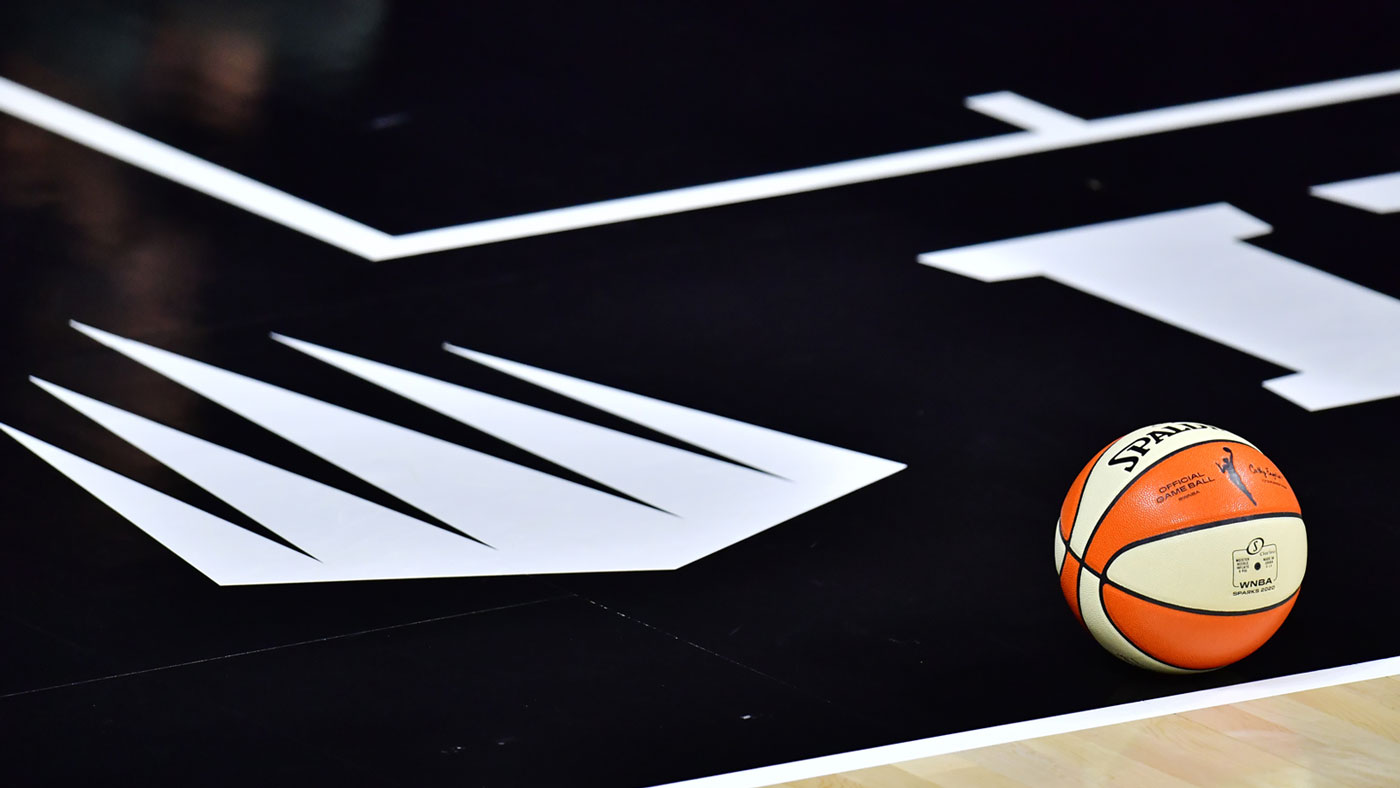Sports
NBA vs. WNBA Playoffs 2021: Bracket, number of teams, schedule – NBC Sports Washington

The WNBA postseason is upon us as the opening round tips off on Thursday.
Basketball fans will tune in to see their favorite teams battle it out and become the last team standing.
For those that are fans of the NBA, you may be interested in how the WNBA playoff format differs.
Here’s all you need to know about the league’s postseason and how the WNBA compares to the NBA.
There are six WNBA teams — known as sister teams — that are associated with an NBA team from the same market and normally play in the same arena. These teams include the Brooklyn Nets and New York Liberty, the Indiana Pacers and Fever, the Los Angeles Lakers and Sparks, the Minnesota Timberwolves and Lynx, the Phoenix Suns and Mercury, and the Washington Wizards and Mystics.
The WNBA was founded on April 24, 1996, and the first season began in 1997. The 2021 season marked the 25th in league history. The NBA has been around much longer after being founded on June 6, 1946.
The draft rules are quite different in both leagues. The WNBA requires players to be at least 22 years old, complete their college eligibility, graduate from a four-year college or be four years removed from high school. The NBA requires its players to be 19 years old during the draft calendar year, and at least one season has passed since graduation from high school.
On the court, the circumference of a WNBA ball is 28.5 inches, while an NBA ball is 29.5 inches. In the WNBA, a game is played in four 10-minute quarters (with a shot clock of 24 seconds) while a NBA game is played in four 12-minute quarters with a 24-second shot clock.
The WNBA and NBA both play on a court that’s 50 feet wide and 94 feet long with rims that hang 10 feet from the floor. In the NBA the arc is 23 feet 9 inches (7.24 m) from the center of the basket as opposed to the WNBA, which is 22 ft 1.75 in away from the center.
One major difference that has created conversations throughout the years is the wage gap between the WNBA and the NBA. While the two leagues play the same sport, its revenue and profits are complete opposites. The NBA’s annual revenue hovers around $8 billion, while the WNBA generates $60 million of revenue annually.
The WNBA comprises 12 teams — six in each conference. The conferences are divided between the Eastern Conference and the Western Conference. The NBA has 30 teams that are divided among two conferences (Eastern and Western) with three divisions each.
The WNBA originally plans for 36 games in the regular season, but due to the ongoing COVID-19 pandemic, the 2021 season was filled with an action-packed 32 games. Each team played 16 games at home and 16 on the road.
In the NBA, there are 82 games in the regular season that runs from October to April.
The WNBA installed its inaugural Commissioner’s Cup, which is the league’s first in-season competition.
Teams set their sights on a $500,000 prize pool and the title of Commissioner’s Cup champion, a title that the Seattle Storm earned after the league’s Olympic break this summer.
The NBA is looking to follow suit as it explores concepts for a mid-season tournament, which includes ways to incentivize its clubs and players.
In the WNBA, the eight teams with the best record, regardless of conference, advance to the playoffs. The seeds are determined by regular season record. The top two seeds earn a double-bye to the semifinal round, while the No. 3 and No. 4 seeds earn byes into the second round. Seeds Nos. 5-8 will partake in a one-game playoff to see which two teams advance to the second round.
The first and second rounds of the WNBA playoffs are single-elimination games, but the semifinal round and WNBA Finals are each best-of-five series.
In the NBA, the top eight teams in each conference advance to the postseason, with the No. 1 seed facing the No. 8 seed in the first round, No. 2 will face the No. 7 seed and so on. Each round features a best-of-seven series.
The NBA introduced the play-in tournament for the 2020-21 season, and it extended the format through the 2021-22 season. Eight teams, Nos. 7-10 each conference, participate in six games as part of the play-in tournament that is split up between the two conferences.
The teams that finish Nos. 1-6 in each conference will be guaranteed playoff spots, while team Nos. 7-10 in the standings will enter the play-in. The winner of each conference’s No. 7 vs. No. 8 matchup wins becomes the conference’s No. 7 seed. The loser of that game faces the winner of the No. 9 vs. No. 10 game with the final playoff spot (No. 8) on the line









